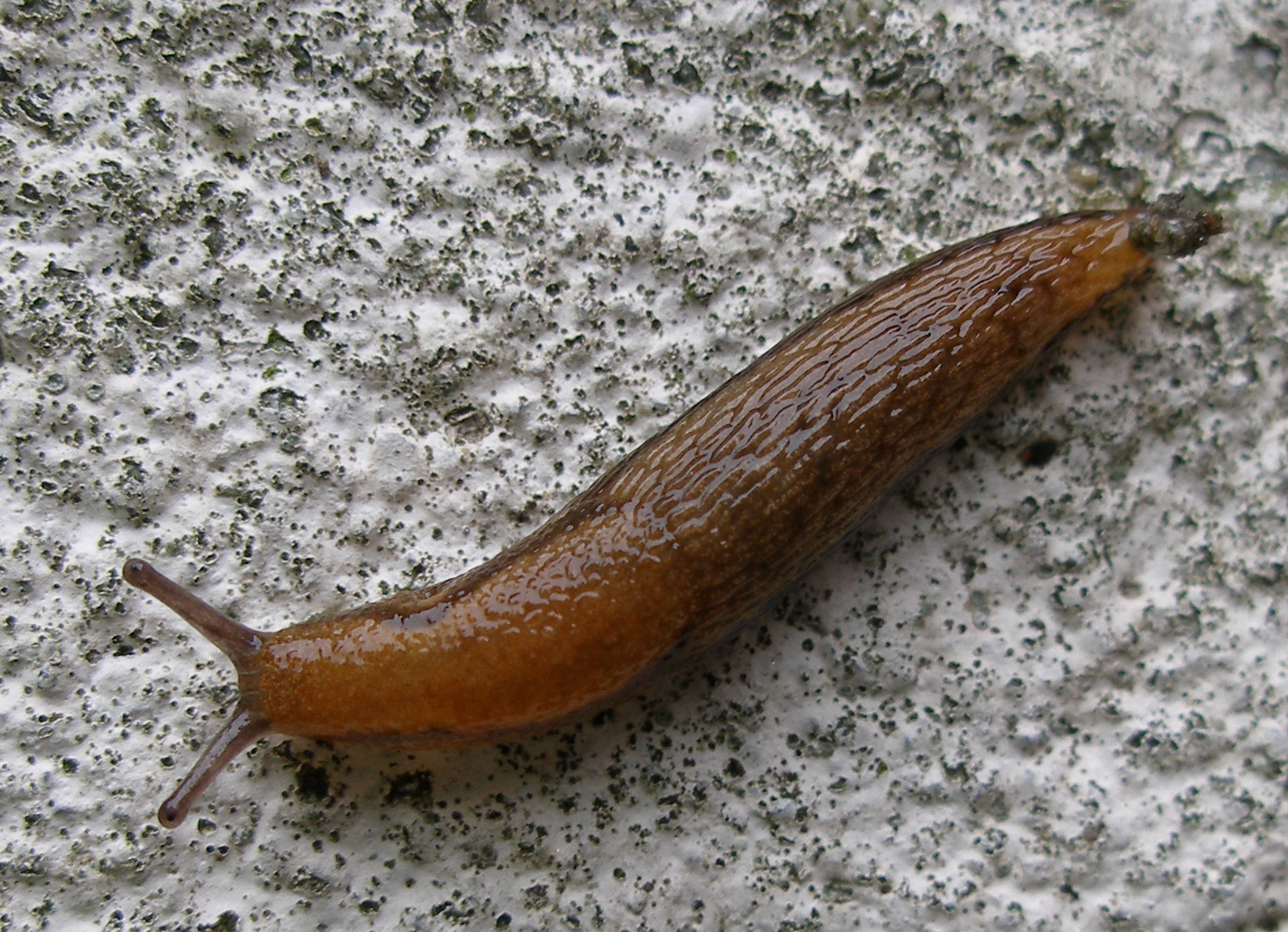
Interactions
The Meta menardi spider is a heterotrophic organism that feeds on
smaller prey that it captures. As the Meta menardi spider lives deep
within caves and dark places the food source is limited and varies
upon season. Though this is the case, the Meta menardi survives and
thrives by capturing not small and abundant prey such as mosquitoes
and chironomid flies that can be found in the cave, but by capturing
large prey like myriapods (Smithers, 1996). Myriapoda’s and
millipedes make up a
large portion of a Meta menardi prey (Smithers, 2004), which is a
result of the Meta menardi preying on organisms that crawl and walk
on the cave’s surfaces rather than flying insects (Smithers, 1996).
cave, but by capturing
large prey like myriapods (Smithers, 1996). Myriapoda’s and
millipedes make up a
large portion of a Meta menardi prey (Smithers, 2004), which is a
result of the Meta menardi preying on organisms that crawl and walk
on the cave’s surfaces rather than flying insects (Smithers, 1996).
.jpg)
According to a research study by Peter Smithers, myriapods consisted
of 30% of the prey that they retrieved from Meta menardi (Smithers,
2004). The most abundant prey was the Julidae with 10 being
retrieved. Meta menardi captured this prey almost year round, as
summer was the only season where a Julidae was not captured.
However, there was an increase in the number of Julidae captured in
spring. All of this is due to the Julidae’s migration, which makes
the Meta menardi’s diet very dependent on the season (Smithers,
2004).
Though there is a limited amount of food in caves, the change in
season does bring in more variety and food for the Meta menardi to
prey on. The slug is a great example as it escapes the harsh winter
conditions into the cave of the Meta menardi.
Gastropods also are a
regular part of a Meta menardi’s diet. However, because of its large
size males rarely consume slugs as they are too small, but mainly
captured and consumed by the bigger and stronger females (Smithers,
2005)
as they are too small, but mainly
captured and consumed by the bigger and stronger females (Smithers,
2005)
The web that the Meta menardi make is a reason as to why it’s diet
rarely consists of smaller
fly insects as the mesh size, or gaps
between each thread, is too large therefor smaller
insects don’t get
ensnared and eaten. The placement of the web is also vertical or
parallel to the cave wall which is meant to capture prey that crawl
on the cave walls rather than flying insects (Smithers, 1996). When
a prey gets ensnared on the web and struggles to free itself, it
sends vibrations through out the web letting the Meta menardi know
it has captured a prey. Though this tactic results in less prey
being captured it results in larger prey.
Meta menardi may at times also attack and eat other spiders of the
same species and also Metellina meriana, a spider who is closely
related to Meta menardi and can be found in the same caves (ESA,
2012).